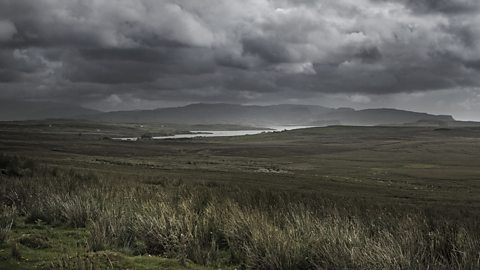Stanzas 7 and 8: Pessimistic climax
Stanza 7: Connections
Stanza seven continues to emphasise the link between mouse and human, indicating the uncertain future they both face, as the poem moves towards its climax. An awareness of BurnsÔÇÖ own life and times shows us that the best laid schemes
of cotters (tenant farmers) gave no security at all. This was a time of terrible weather, poor harvests and ever-increasing rents. Eviction from a farm was an ever-present possibility.
Stanza 8: Climax
The human perspective takes over. The speaker anxiously considers his own, and therefore humanityÔÇÖs view of past, present and future and comments that the mouse is free of such worries. The mournful sound of the 'ee' vowel in the rhyming words, me
, thee
, e'e
and see
bring out the sense of despair, building towards the misery of drear
and the climax of fear
.

Although the ending of the poem is pessimistic, there remains the feeling of empathy and understanding established earlier, which contributes to a sense that life is worthwhile. Burns changes perspective throughout, from the local and personal to the universal and back again.